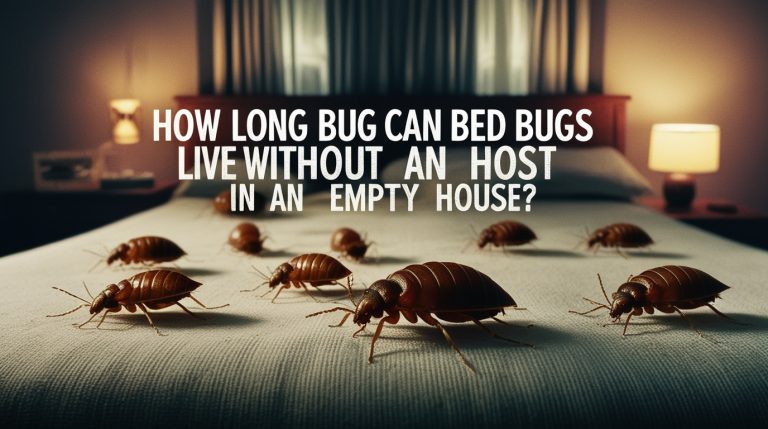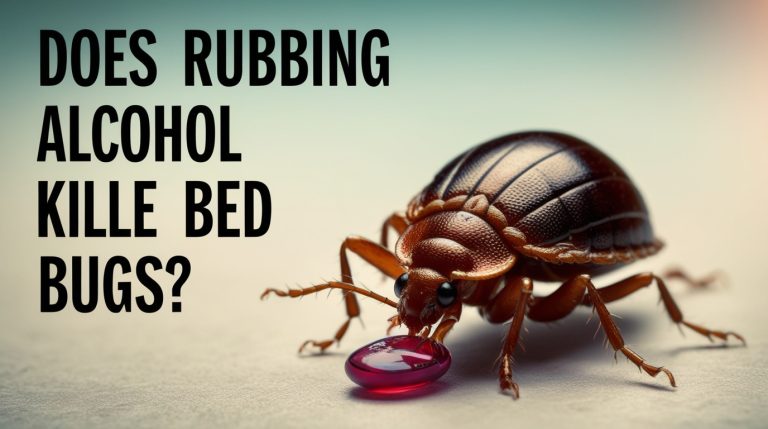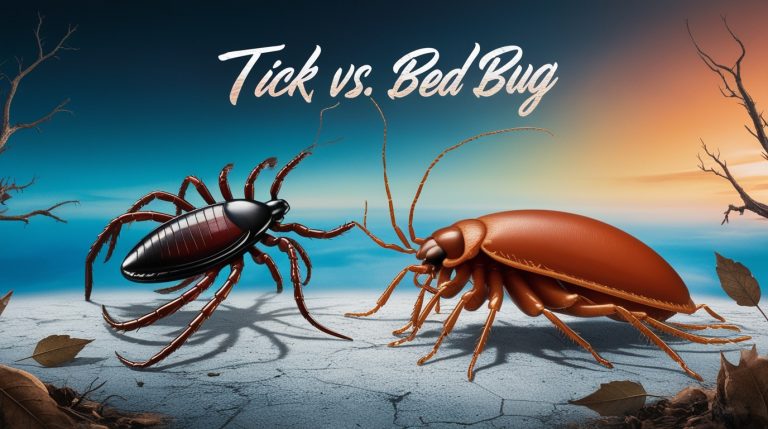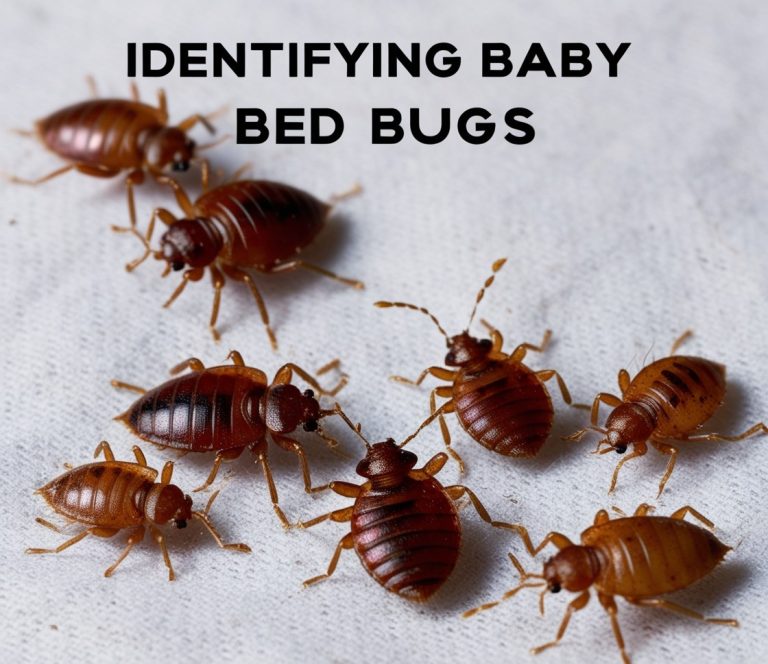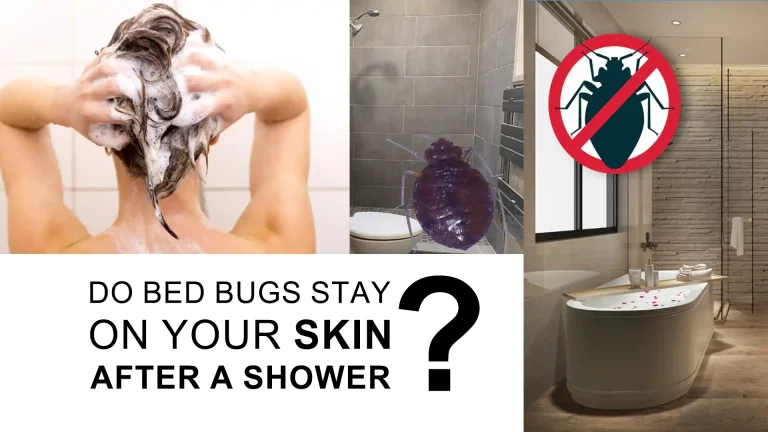Where Do Bed Bugs Hide: How to Find Bed Bugs & Stop the Pesky Pest
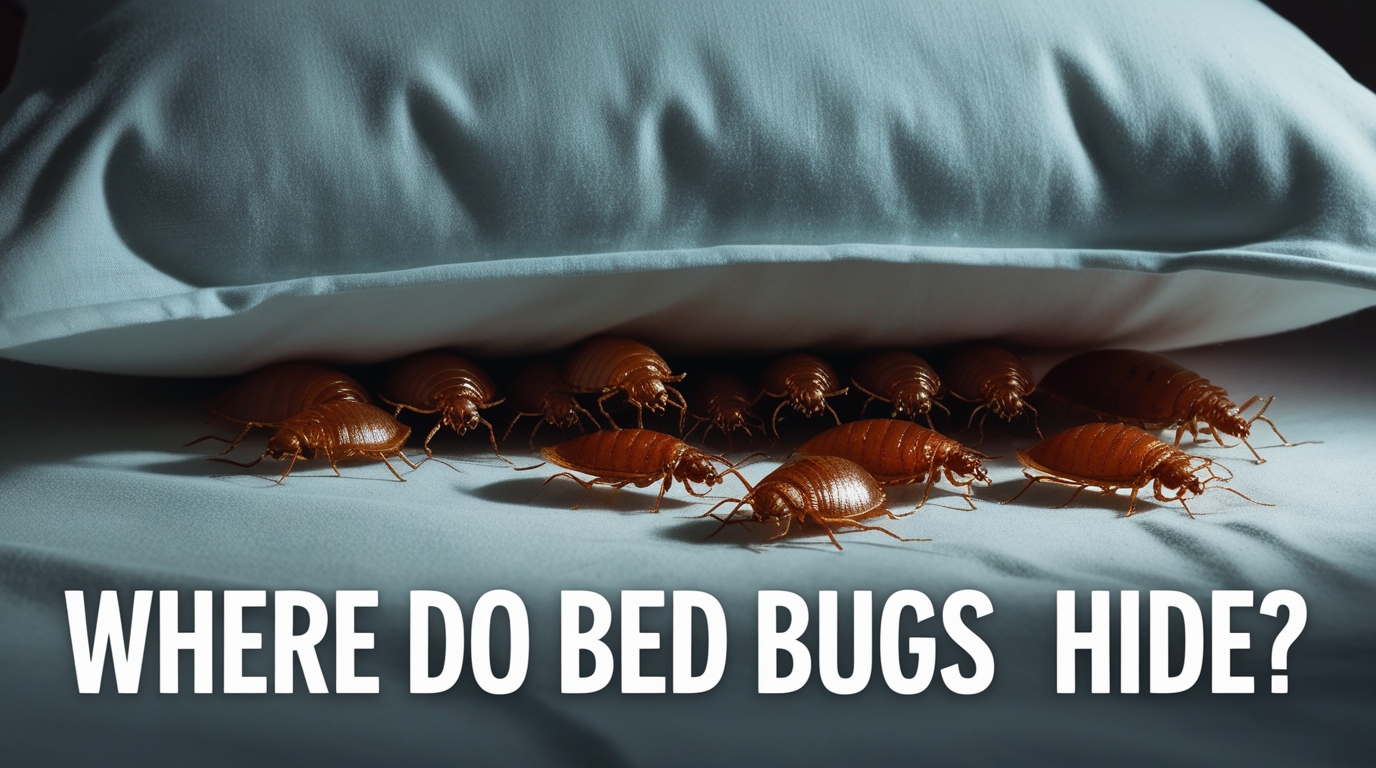
Discover where do bed bugs hide and learn effective strategies to find bed bugs in your home. Don’t let these pesky pests take over; take action today to protect your space!
Understanding Bed Bugs: A Pesky Pest Problem
Bed bugs are notorious pests that have plagued humans for centuries. These small, wingless insects feed on blood and are known for their ability to hide in the tiniest cracks and crevices. Understanding these creatures is the first step in effectively combating a bed bug infestation.
What Are Bed Bugs and Where Do They Live?
Bed bugs are small, reddish-brown insects that feed exclusively on blood. Adult bed bugs are usually about the size of an apple seed, making them visible to the naked eye but still small enough to hide effectively. These pests are nocturnal, emerging from their hiding spots at night to feed on sleeping hosts.
Bed bugs live in a variety of environments, but they prefer to stay close to their food source – humans. Common hiding spots include mattresses, bed frames, headboards, and other furniture near the bed. However, bed bugs can also hide in less obvious places like electrical outlets, behind wallpaper, and even in picture frames.
The Bed Bug Life Cycle: From Eggs to Adults
Understanding the bed bug life cycle is crucial for effective bed bug control. Female bed bugs lay tiny, white eggs in secluded areas. These eggs are about the size of a pinhead and can be difficult to spot. Over their lifetime, female bed bugs can lay hundreds of eggs.
The eggs hatch in about a week, producing nymphs that immediately begin feeding. These nymphs go through five stages of growth, shedding their skin each time before reaching adulthood. The entire process from egg to adult takes about a month under favorable conditions.
Signs of Bed Bug Activity: How to Spot an Infestation
Detecting bed bugs early is key to preventing a full-blown infestation. While bed bugs are skilled at hiding, there are several signs that can indicate their presence.
Visual Clues: What Bed Bugs Look Like
Adult bed bugs are reddish-brown, oval-shaped, and about 4-5mm long. After feeding, they become more elongated and reddish in color. Nymphs are smaller and lighter in color, becoming darker as they mature.
One of the most common signs of bed bugs is the presence of small, reddish-brown fecal spots on mattresses, upholstery, or walls. You might also notice shed skins, egg shells, or even live bed bugs in the seams of mattresses or furniture.
Hidden Evidence: Bed Bug Eggs and Waste
Bed bug eggs are tiny, white, and barrel-shaped. They’re often found in clusters in hidden areas. While individual eggs are hard to see, clusters may be noticeable in cracks and crevices.
Another sign of bed bug activity is a sweet, musty odor that some people describe as similar to almonds or overripe raspberries. This smell comes from the bugs’ scent glands and may be noticeable in heavily infested areas.
Where Do Bed Bugs Hide? Common Hiding Spots
Bed bugs are masters of concealment, able to squeeze into spaces as thin as a credit card. Understanding their preferred hiding spots can help in both prevention and treatment.
Mattress Mayhem: Why Bed Bugs Prefer Your Bed
The mattress and box spring are prime real estate for bed bugs. These pests prefer to stay close to their food source, which is why areas around your bed are often the first and most heavily infested spots. Bed bugs can hide in mattress seams, inside the box spring, and in the cracks of the bed frame.
Bed bugs are attracted to the warmth and carbon dioxide emitted by sleeping humans. Since bed bugs feed on blood, staying close to the bed ensures easy access to their meals.
Beyond the Bedroom: Other Places Bed Bugs Can Hide
While beds are a favorite spot, bed bugs can hide in many other places. Common hiding spots include:
– Upholstered furniture
– Curtains and drapes
– Behind baseboards and in wall cracks
– Inside electrical outlets and appliances
– In the seams of carpets
– Behind picture frames and mirrors
– In clothing and luggage
Bed bugs can also hide in less obvious places like books, clocks, and even smoke detectors. Their flat bodies allow them to squeeze into incredibly small spaces.
Daytime Sanctuaries: Where Bed Bugs Hide During the Day
Since bed bugs are nocturnal, they seek out dark, secluded spots to hide during the day. They may hide in the tiniest cracks and crevices, making them difficult to spot. Common daytime hiding spots include:
– The folds and tufts of mattresses
– Inside box springs
– Behind loose wallpaper or peeling paint
– In the joints of wooden furniture
– Inside electrical outlets or switch plates
Bed bugs typically emerge from their hiding spots at night when carbon dioxide levels increase, signaling that a host is nearby and likely asleep.
How to Check for Bed Bugs: A Step-by-Step Guide
If you suspect a bed bug infestation, a thorough inspection is necessary. Here’s how to check for bed bugs effectively:
Inspecting Your Mattress and Bedding
Start by stripping your bed and examining the sheets, pillowcases, and mattress pad for any signs of bed bugs. Look for small reddish-brown spots, which could be dried blood or bed bug feces.
Next, inspect the mattress itself, paying close attention to the seams, tufts, and folds. Use a flashlight to look for live bugs, eggs, or shed skins. Don’t forget to check the box spring as well, as it’s another favorite hiding spot for bed bugs.
Searching Other Furniture and Household Items
Expand your search to other furniture in the room, especially items near the bed. Check upholstered chairs, sofas, and curtains. Look behind picture frames, inside books, and along the edges of carpets.
Don’t forget to inspect less obvious places like electrical outlets, baseboards, and even clothing in closets. Bed bugs can hide in small cracks and crevices, so be thorough in your inspection.
Using Tools to Find Bed Bugs in Hard-to-Reach Places
Some tools can make your bed bug search more effective:
– Flashlight: Essential for spotting bed bugs in dark crevices
– Magnifying glass: Helpful for identifying eggs and small nymphs
– Credit card or thin ruler: Use to probe cracks and seams
– Bed bug interceptors: These devices can be placed under bed legs to trap and detect bed bugs
Remember, bed bugs are experts at hiding, so a careful and systematic approach is necessary to find them.
Myths Debunked: Where Bed Bugs Don’t Hide
There are many misconceptions about bed bugs. Let’s clear up some common myths:
Do Bed Bugs Hide on Your Body?
Contrary to popular belief, bed bugs don’t hide on your body. Unlike lice or ticks, bed bugs prefer to feed and then retreat to a hiding spot. They don’t live on their hosts or in human hair. Bed bugs are attracted to the carbon dioxide we exhale and our body heat, but they don’t stay on us after feeding.
Unusual Places Bed Bugs Live in a Variety of Homes
While bed bugs can live in a variety of environments, they don’t infest every type of material. For example, bed bugs don’t typically live in water or choose damp environments. They also don’t burrow into wood like some other insects.
Bed bugs prefer dry, dark places close to their food source. While they can survive in a wide range of temperatures, they don’t thrive in extremely hot or cold conditions.
Preventing and Controlling Bed Bug Infestations
Prevention is key when it comes to bed bugs. Here are some strategies to stop bed bugs from entering your home:
Strategies to Stop Bed Bugs from Entering Your Home
1. Inspect second-hand furniture before bringing it into your home
2. Use protective covers on mattresses and box springs
3. Reduce clutter to minimize hiding spots
4. Vacuum frequently, especially around the bed
5. Be cautious when traveling – inspect hotel rooms and keep luggage off the floor
6. Wash and dry clothes on high heat after traveling
If you suspect you might have bed bugs, act quickly. The sooner you address the problem, the easier it will be to control.
Professional Pest Control: When to Call in the Experts
While there are DIY methods to control bed bugs, sometimes professional help is necessary. Consider calling bed bug experts if:
– You’ve tried DIY methods without success
– The infestation has spread to multiple rooms
– You’re dealing with a large or persistent infestation
– You live in an apartment or multi-unit building where the infestation could spread
Professional pest control services have access to more potent treatments and specialized equipment to effectively eliminate bed bugs.
In conclusion, bed bugs are persistent pests that require vigilance and quick action to control. By understanding where bed bugs hide, how to spot them, and how to prevent infestations, you can protect your home from these unwelcome visitors. Remember, early detection and professional help when needed are key to effective bed bug control.

